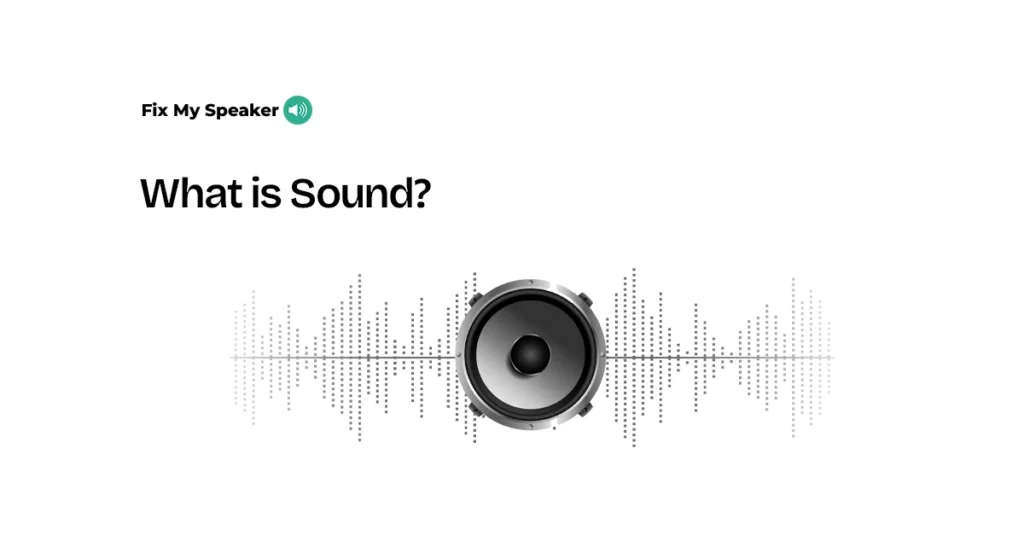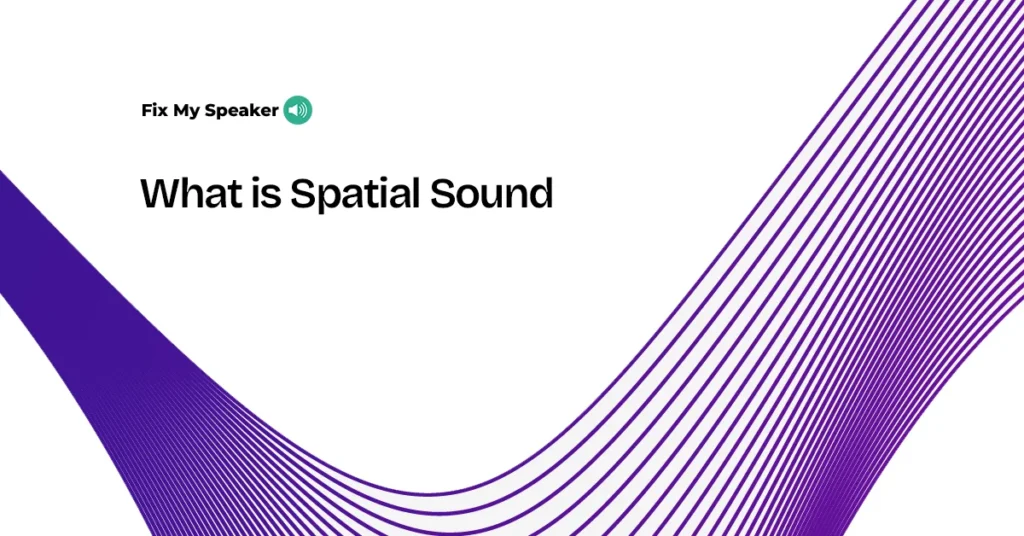Phonics is one of the foundational methods used to teach reading, especially to young children. It involves linking the sounds of spoken English (phonemes) with the letters or groups of letters (graphemes) that represent those sounds in written form. By learning phonics, children can begin to understand the relationship between written language and spoken language, which is essential for reading and writing effectively.
In this post, we’ll explore what phonics sound is, how it works, and why it’s a critical component in early literacy development. We’ll also look into the types of phonics sounds, the common challenges children face, and strategies for teaching phonics successfully.
What is Phonics Sound?
Phonics sound refers to the specific sounds associated with each letter or group of letters in a language. English is made up of 26 letters, but these letters can be combined in different ways to produce around 44 unique sounds. These sounds include vowels, consonants, blends, and digraphs. The purpose of phonics instruction is to teach learners how to decode written words into their spoken equivalents by recognizing these sounds and the letters that represent them.
For example, in the word “cat,” each letter corresponds to a sound: “c” makes the /k/ sound, “a” makes the /æ/ sound, and “t” makes the /t/ sound. By blending these sounds together, the word can be read as a whole. Phonics isn’t just about recognizing letters; it’s about understanding the connection between written symbols and the sounds they produce.
How Do Phonics Sounds Work?
Phonics works by teaching children to decode words based on their sounds. This process involves several key skills: blending, segmenting, and decoding.
- Blending: Blending is the process of smoothly joining individual sounds together to pronounce a word. For example, to read the word “dog,” a child needs to blend the sounds /d/, /o/, and /g/ into a single word.
- Segmenting: Segmenting is the reverse process of blending. It involves breaking a word down into its individual sounds. For instance, when given the word “bat,” a child can segment it into /b/, /æ/, and /t/.
- Decoding: Decoding is the overall skill of converting written words into their corresponding spoken sounds. It’s the essential step in reading, allowing children to recognize words they haven’t seen before by sounding them out based on their phonetic structure.
Phonics programs typically follow a structured approach, where children first learn simple letter sounds and then move on to more complex patterns like digraphs (e.g., “ch” in “chip” or “sh” in “ship”) and vowel combinations (e.g., “ai” in “rain” or “oa” in “boat”). As they progress, they learn to apply these rules to both familiar and unfamiliar words, improving their reading fluency and comprehension.
Why is Phonics Important in Early Learning?
Phonics is crucial in early learning because it provides children with the tools they need to decode written language. Without a solid understanding of phonics, children might struggle with reading, which can affect their overall academic performance. Here are some reasons why phonics is so important:
- Building Reading Skills: Phonics teaches children to read by giving them the ability to sound out words. Once they master this skill, they can tackle more complex texts with confidence.
- Improving Spelling: By understanding the relationship between letters and sounds, children can spell words more accurately. They learn that certain sounds are often represented by specific letter patterns, helping them spell unfamiliar words.
- Boosting Comprehension: When children can read words fluently, they can focus more on understanding the meaning of the text rather than getting stuck on individual words. This leads to better comprehension and enjoyment of reading.
- Encouraging Independent Learning: Phonics empowers children to read on their own. They don’t need to rely solely on memory to recognize words; instead, they can use phonics strategies to decode and learn new words as they encounter them.
Types of Phonics Sounds
Phonics sounds can be categorized into several groups based on the type of letters and sound patterns they involve. Understanding these categories is essential for effective phonics instruction.
- Short Vowels: These are the basic vowel sounds found in words like “cat” (/æ/), “pen” (/e/), and “dog” (/ɒ/). Short vowels are usually taught early on, as they are simple and consistent.
- Long Vowels: Long vowel sounds occur when a vowel says its own name, like in “cake” (/eɪ/), “bike” (/aɪ/), and “cube” (/juː/). Long vowels often involve vowel pairs or silent letters.
- Consonant Blends: Blends occur when two or more consonants are combined, but each retains its sound, such as in “bl” in “blue” or “str” in “street.”
- Digraphs: A digraph is when two letters combine to make a single sound, such as “sh” in “ship” or “th” in “this.” Digraphs can involve either vowels or consonants.
- Diphthongs: These are complex vowel sounds that glide from one sound to another, like the “oi” in “coin” or the “ow” in “cow.”
- Silent Letters: Some phonics sounds involve silent letters, where a letter is written but not pronounced, like the “k” in “knight” or the “w” in “write.”
Here is a table summarizing these types of phonics sounds:
| Category | Example Words | Sound Produced |
|---|---|---|
| Short Vowels | Cat, Pen, Dog | /æ/, /e/, /ɒ/ |
| Long Vowels | Cake, Bike, Cube | /eɪ/, /aɪ/, /juː/ |
| Consonant Blends | Blue, Street, Frog | /bl/, /str/, /fr/ |
| Digraphs | Ship, Chat, This | /ʃ/, /ʧ/, /ð/ |
| Diphthongs | Coin, Cow, Boy | /ɔɪ/, /aʊ/, /ɔɪ/ |
| Silent Letters | Knight, Write, Gnome | /n/, /r/, /n/ |
Understanding these categories helps in building a systematic approach to teaching phonics, allowing learners to grasp patterns that apply to a wide range of words.
Common Challenges in Learning Phonics Sounds
While phonics is an effective approach to teaching reading, it does come with its own set of challenges. Recognizing these challenges and addressing them early can help learners overcome hurdles in their reading journey.
- Irregular Words: English has many words that don’t follow standard phonetic rules. Words like “was,” “said,” and “have” are examples where phonics strategies don’t apply neatly. These words, often referred to as “sight words,” must be memorized rather than decoded.
- Blending Difficulties: Some children struggle to blend sounds smoothly into a whole word. For instance, they may be able to say the sounds /d/, /o/, and /g/ individually, but might find it difficult to blend them into “dog.” This can slow down reading fluency.
- Over-reliance on Phonics: While phonics is a powerful tool, it’s not the only strategy for reading. Some children become so focused on sounding out every word that they miss the bigger picture—understanding the meaning of the text. Balancing phonics with other reading strategies is key.
- Confusing Similar Sounds: Certain phonemes are similar and can be easily mixed up, especially for young learners. For example, the sounds for “b” and “d” or “ch” and “sh” can be tricky to distinguish.
- Cultural and Language Differences: Children who speak a different first language may find English phonics challenging due to unfamiliar sounds and letter patterns. These learners often require extra support to bridge the gap between their native language and English.
Overcoming these challenges requires a patient, adaptive approach that takes into account each learner’s unique needs. Repetition, visual aids, and engaging activities can help reinforce phonics concepts and build confidence.
Tips for Teaching Phonics Effectively
Teaching phonics requires more than just explaining rules and patterns. It’s about making the process interactive, enjoyable, and engaging for young learners. Here are some practical tips for teaching phonics effectively:
- Use Multi-Sensory Activities: Children learn best when they can engage multiple senses. Incorporate activities that involve seeing, hearing, and physically interacting with sounds and letters. For example, using letter tiles or tracing letters in sand can make the learning process more tangible.
- Start Simple and Build Gradually: Begin with basic sounds and short words before introducing more complex patterns. This allows learners to build a strong foundation and gain confidence before tackling more challenging words.
- Incorporate Phonics into Daily Reading: Phonics shouldn’t be taught in isolation. Integrate phonics lessons into daily reading activities. Encourage learners to point out sounds and patterns they recognize in books and stories.
- Make Learning Fun and Playful: Phonics lessons don’t have to be dry. Use games, songs, and stories to keep learners engaged. Activities like “I Spy” with phonics sounds or singing songs with repetitive sound patterns can make learning enjoyable.
- Provide Regular Practice and Review: Consistency is key in phonics learning. Regular practice helps reinforce new sounds and patterns, while reviewing previous lessons ensures retention. Short, frequent practice sessions are often more effective than long, infrequent ones.
- Be Patient and Offer Encouragement: Learning to read is a gradual process, and every child progresses at their own pace. Celebrate small successes, and provide plenty of positive reinforcement to keep learners motivated.
Conclusion: Building Literacy Through Phonics Sound
Phonics sound is at the heart of early literacy education. By teaching children the relationship between letters and sounds, phonics lays the groundwork for reading and writing success. It empowers learners to decode words independently, build fluency, and develop a lifelong love of reading.
While phonics presents some challenges, its structured approach makes it one of the most effective methods for teaching reading. Understanding the types of phonics sounds, addressing common difficulties, and using engaging teaching strategies are key to unlocking the full potential of phonics instruction.
As children progress from simple letter sounds to more complex phonetic patterns, they gain the skills needed to read with confidence and understanding. Phonics isn’t just about learning to read—it’s about opening up a world of knowledge and imagination through the power of language.


